-
Content count
9,231 -
Joined
-
Last visited
-
Days Won
490
Posts posted by Spinners
-
-
Northrop F-5D Freedom Fighter - No.75 Squadron, Royal New Zealand Air Force, 1968
The New Zealand Government's decision to send troops to Vietnam in 1964 was highly controversial but was simply an escalation of the previous position of New Zealand assistance via various support structures such as the Civilian Surgical Team and the supply of a small non-combatant military force of engineers. The Royal New Zealand Air Force had provided transport assistance since 1962 and this had begun to increase when a sufficiently large airstrip to accommodate the Bristol Freighters of No.40 Squadron was built at Nui Dat. American pressure on both Australia and New Zealand to increase their support to US Forces in Vietnam continued and on March 31st, 1966 Sir Keith Holyoake, the New Zealand Prime Minister, announced that the Royal New Zealand Air Force would contribute to a joint RAAF/RNZAF combat wing consisting of three squadrons (two RAAF and one RNZAF) operating a version of the F-5A 'Freedom Fighter' which had just finished a succcessful five-month combat evaluation during 'Operation Skoshi Tiger'.
On April 30th, 1966 No.75 Squadron of the Royal New Zealand Air Force at Ohakea was disbanded and a new No.75 Squadron was formed on the following day at Bien Hoa Air Base in South-Central southern Vietnam operating a handful of F-5A's and F-5B's loaned from USAF stocks. Experiences gained from 'Skoshi Tiger' were incorporated into a new version of the basic F-5A designated as the F-5D and initial deliveries were made to No.75 Squadron of the Royal New Zealand Air Force during August 1966 and the squadron were declared operational at the end of September 1966. The joint RAAF/RNZAF combat wing at Bien Hoa operated in ground-attack operations over South Vietnam and gained an enviable reputation for bombing accuracy and aircraft availability. When the joint RAAF/RNZAF combat wing finally ceased operations at the end of 1971 only eleven F-5D's had been lost over Vietnam - nine to enemy ground fire and two due to an unfortunate collision at take-off. All remaining aircraft were handed over to the Republic of Vietnam Air Force in 1972 in a move financed by the Nixon administration as part of the wider policy of 'Vietnamization'.
Skin Credit: Sophocles
-
 9
9
-
-
-
-
Not a full-blown skin request but does anyone have a sharkmouth for the ThirdWire F-4E (i.e. F-4E-35) with the short fairing? Either as a decal or perhaps as a layer on a template. Cheers.
-
1 hour ago, HantuLaut said:Nah, i respect your opinion about the legitimate copy. But no, thank you. With $99,99 i can get a new Nike Air Jordan or buy a groceries for ±3 month
I'll try to get it by myself, thank you for your time 🙏
What's the difference? You're happy to give $99.99 to a corporate giant like Nike for their intellectual property but not to a one-man company trying to keep his head above water. What odd values you have.
-
 5
5
-
-
1 hour ago, HantuLaut said:yeah, what about the folder, is it will look the same or not?
Buy a legitimate copy, where the game creator gets his fair reward, then we'll talk.
-
 3
3
-
 1
1
-
-
Is that a pirate copy of Wings Over Europe?
-
-
-
-
-
-
-
-
-
-
1 minute ago, daddyairplanes said:so when are we seeing the wrap around, Euro 1 and Hill 2 versions? or being in the UK, would they have been Barley Grey?

I'm pretty sure I've already done them (but not as downloads).
-
 1
1
-
-
McDonnell Douglas F-4M Phantom - 48th Tactical Fighter Wing, United States Air Force Europe, 1975
During late 1966, with the USA getting more and more embroiled in the Vietnam war, it was decided to re-equip several USAFE units with the British licence-built F-4M so as to release older tactical aircraft such as the F-100D and F-105D for service in Vietnam where attrition was now a very serious issue.
McDonnell Douglas had already brought together a substantial UK sub-contracting team consisting of BAC, Hawker Siddeley, Rolls-Royce (for the Spey turbofan engines) and Shorts with final assembly and flight testing being carried out at St. Louis but, with one eye on the European market, McDonnell Douglas moved final assembly to Brough (North Humberside) with flight testing at Holme on Spalding Moor. This decision came a bit too late for the Royal Navy whose F-4K aircraft continued to be assembled and flight tested in the USA but all F-4M's were produced in the UK with all odd production numbers being allocated to the RAF and all even numbers to the USAFE with Lakenheath and Bitburg becoming the first USAFE wings to re-equip with the type.
Entering service with the 48th Tactical Fighter Wing based at RAF Lakenheath in England in 1970 the F-4M's received a modest upgrade during 1973-1974 to emerge with the Marconi ARI18228 RWR mounted on the fintip and also gained 'slimer' formation-keeping strip lights. The USAF F-4M's had a relatively long career with USAFE and were eventually replaced by F-15E's during 1990 and just missed out on participation in Operation Desert Shield and Desert Storm.
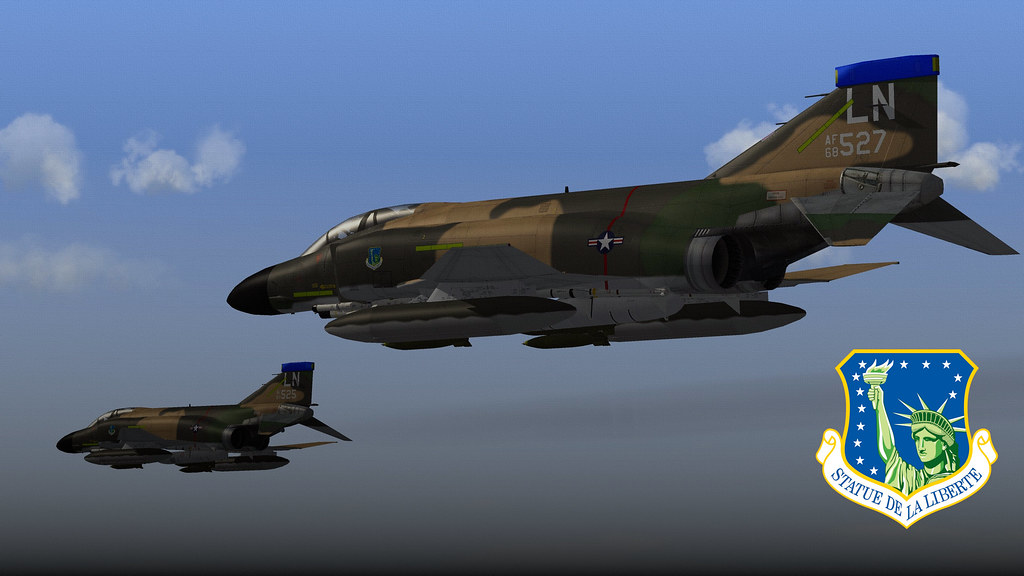

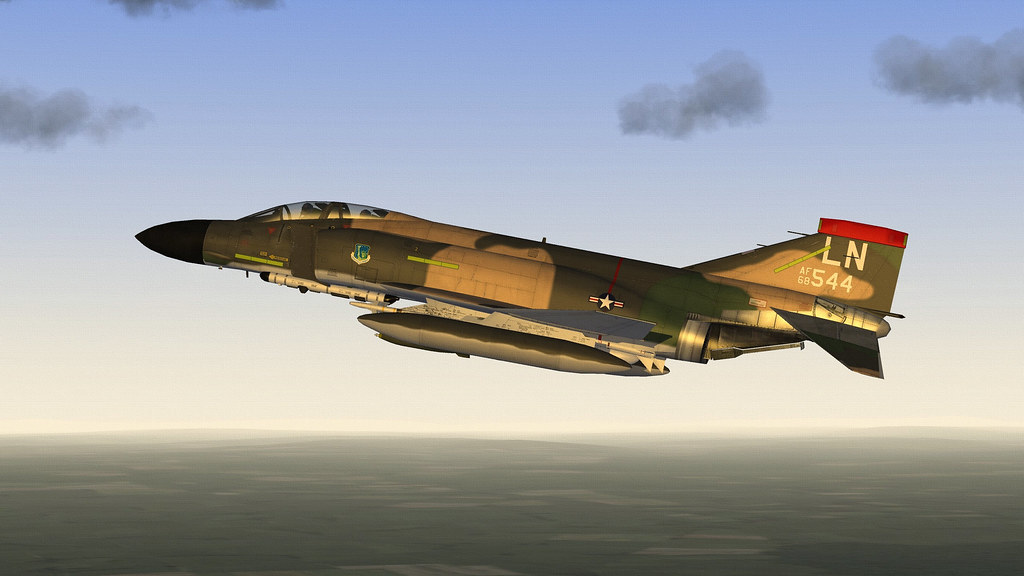
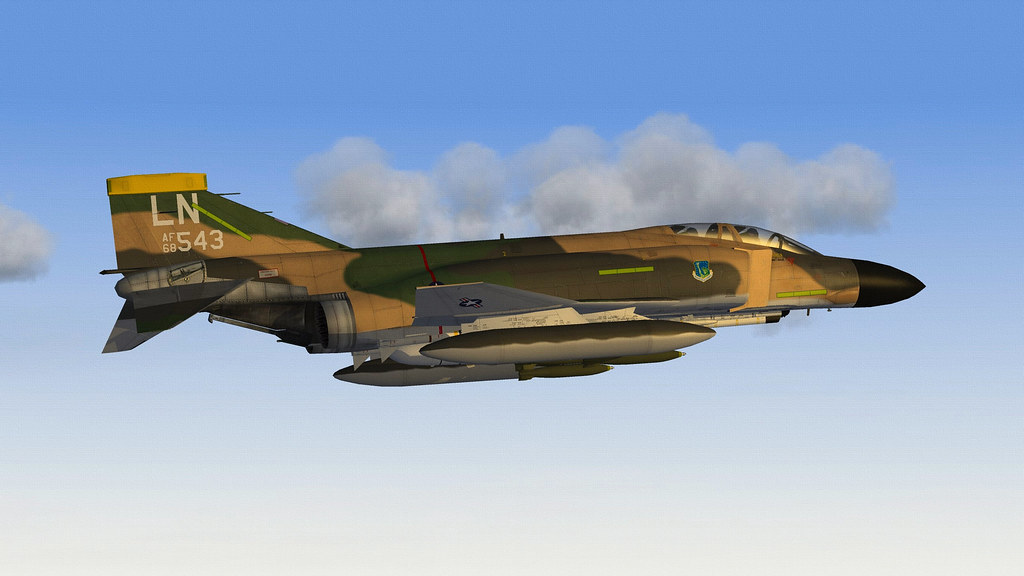
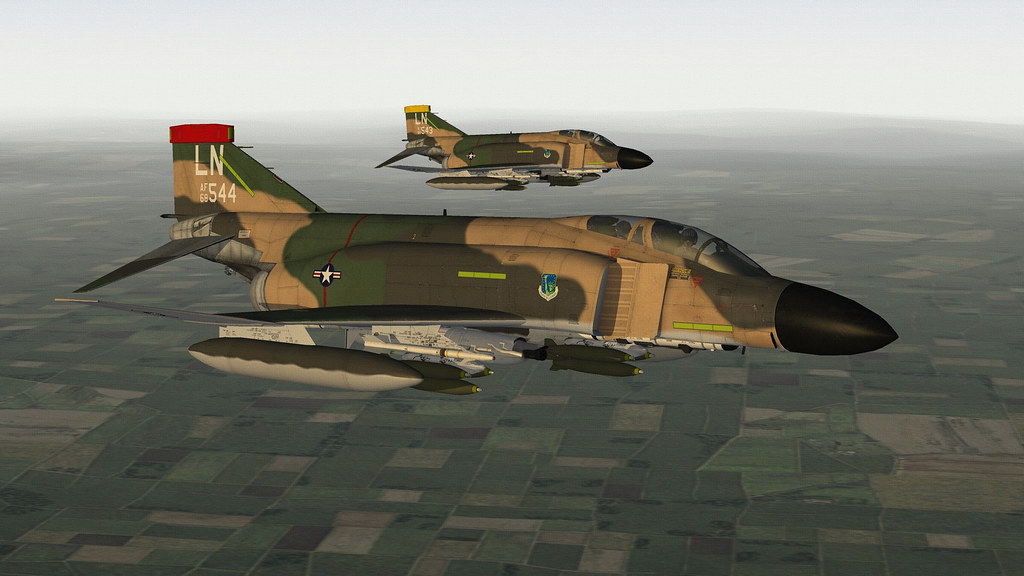
-
 9
9
-
-
-
-
A handsome looking aeroplane. I can remember building the Airfix 1/72 scale model kit 50 years ago (but it seems like yesterday).
-
 2
2
-
-
-
-


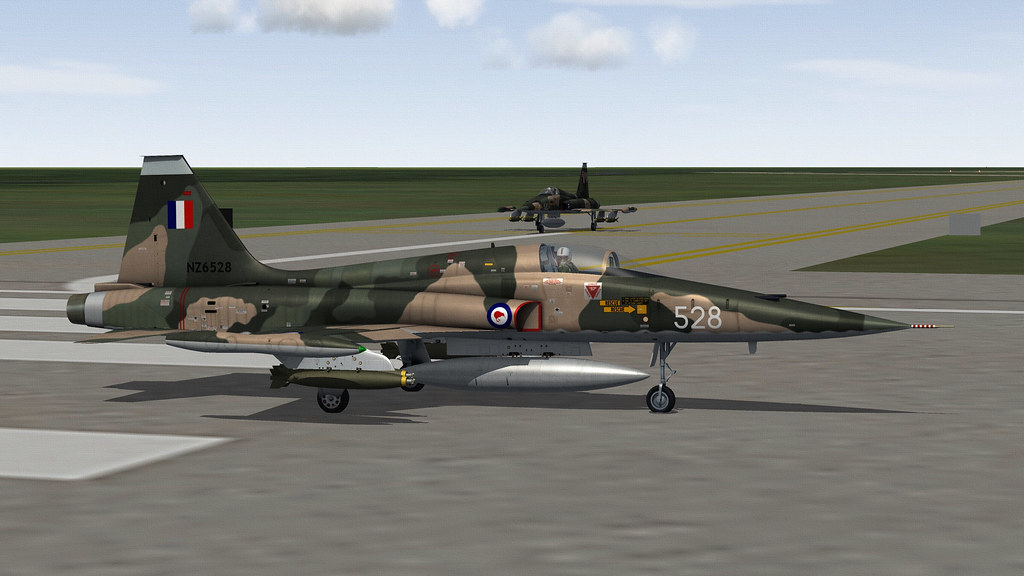

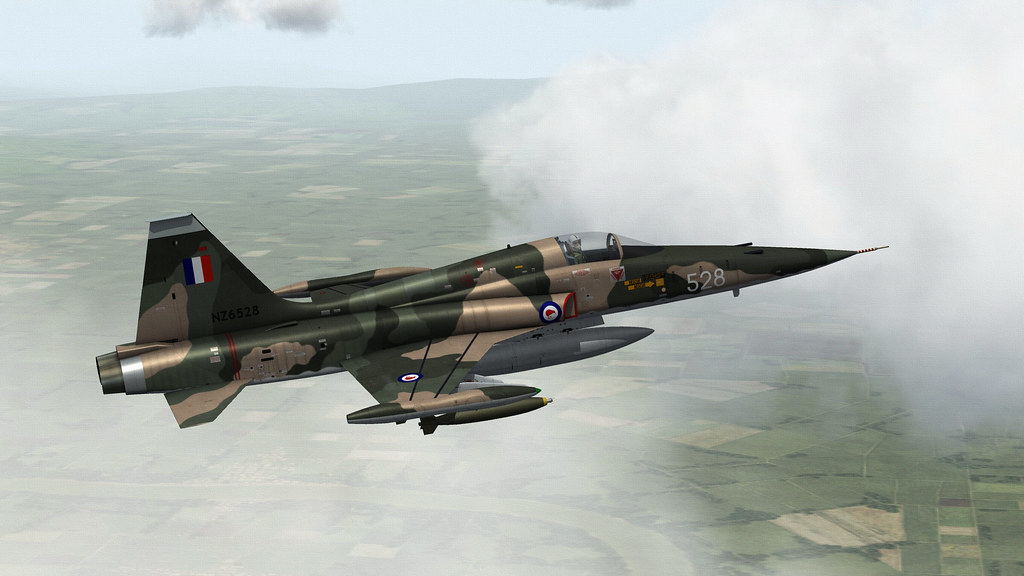
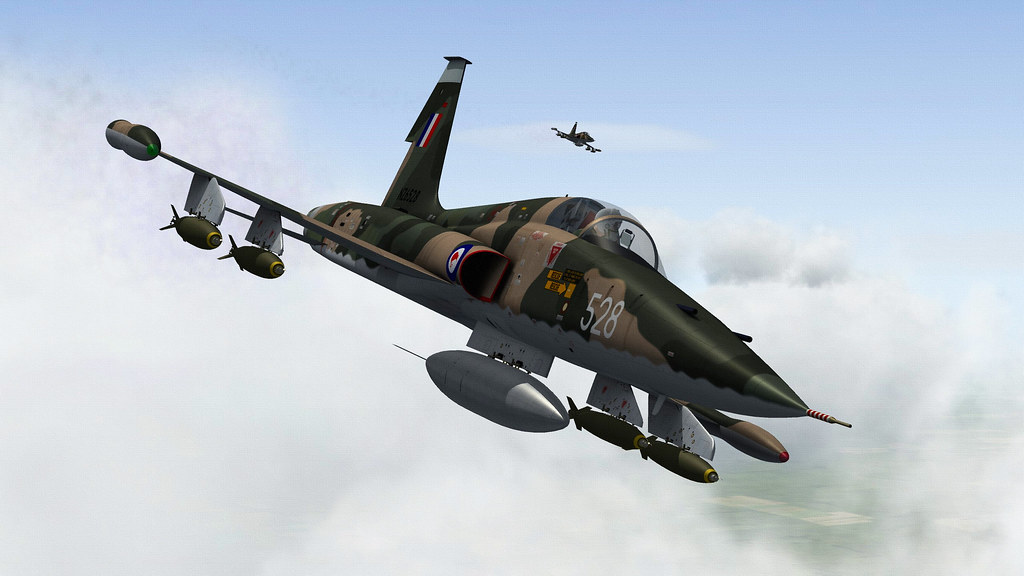
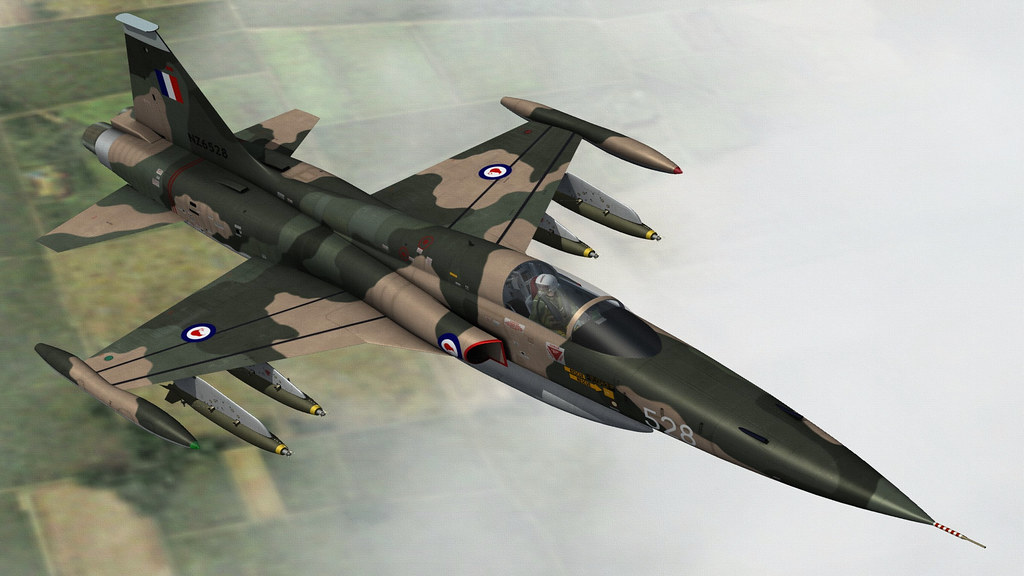
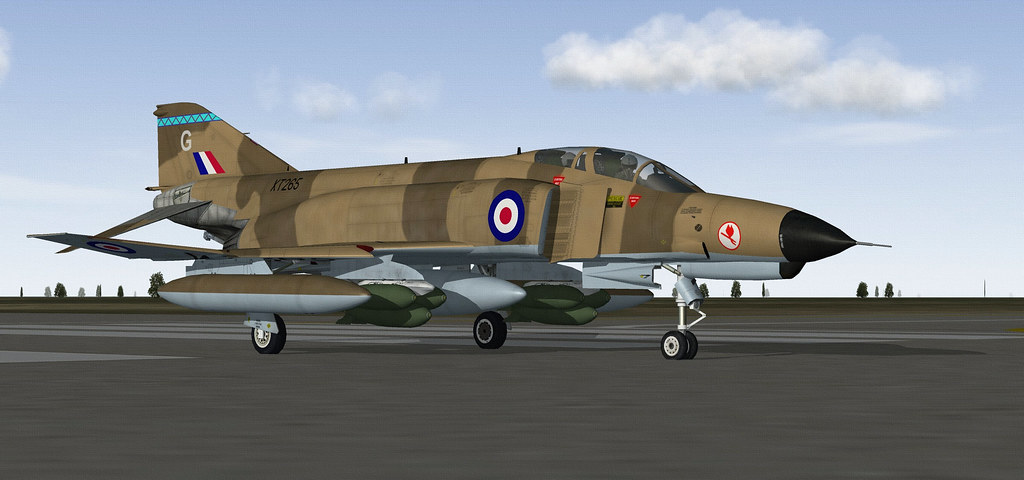
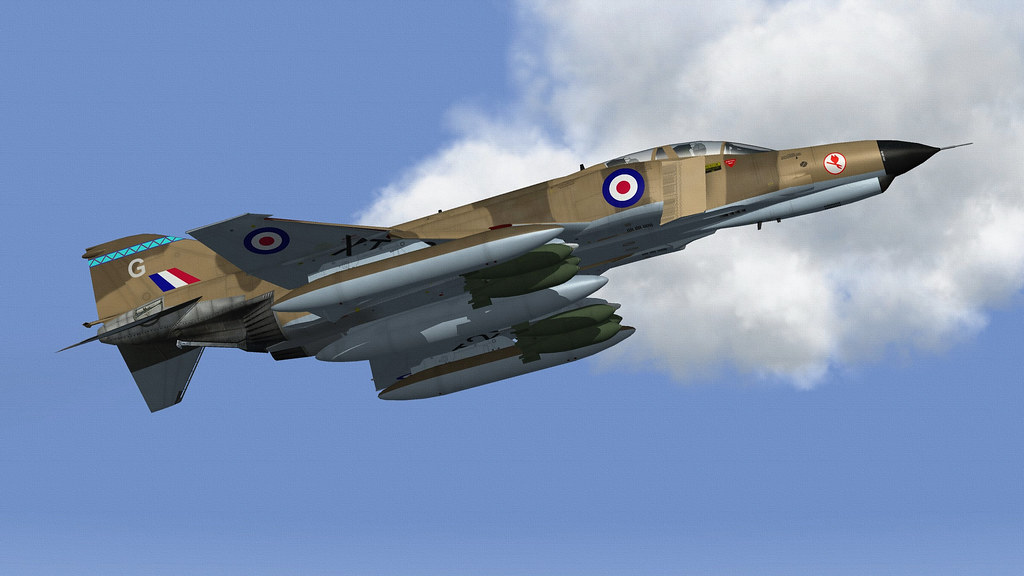

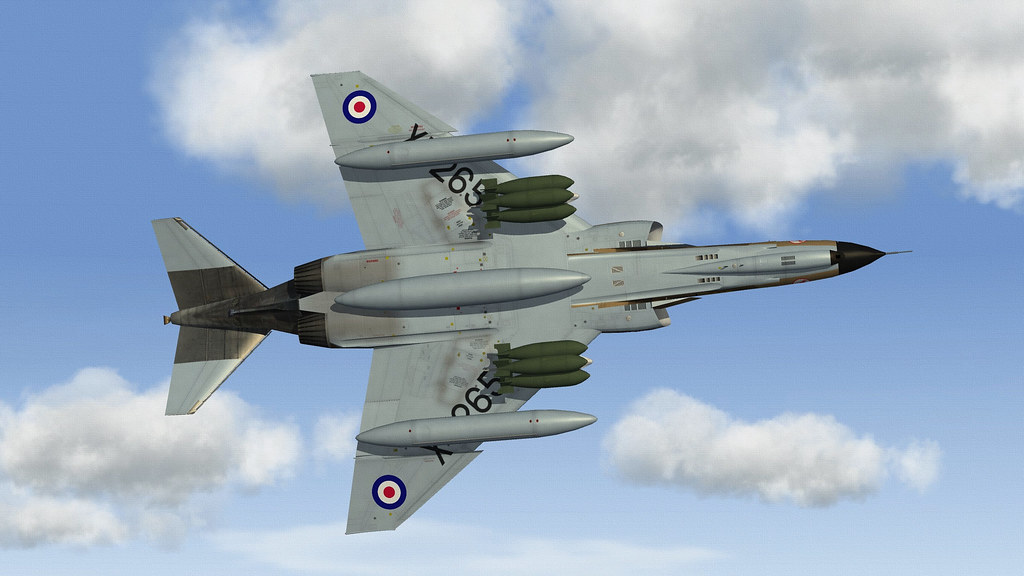
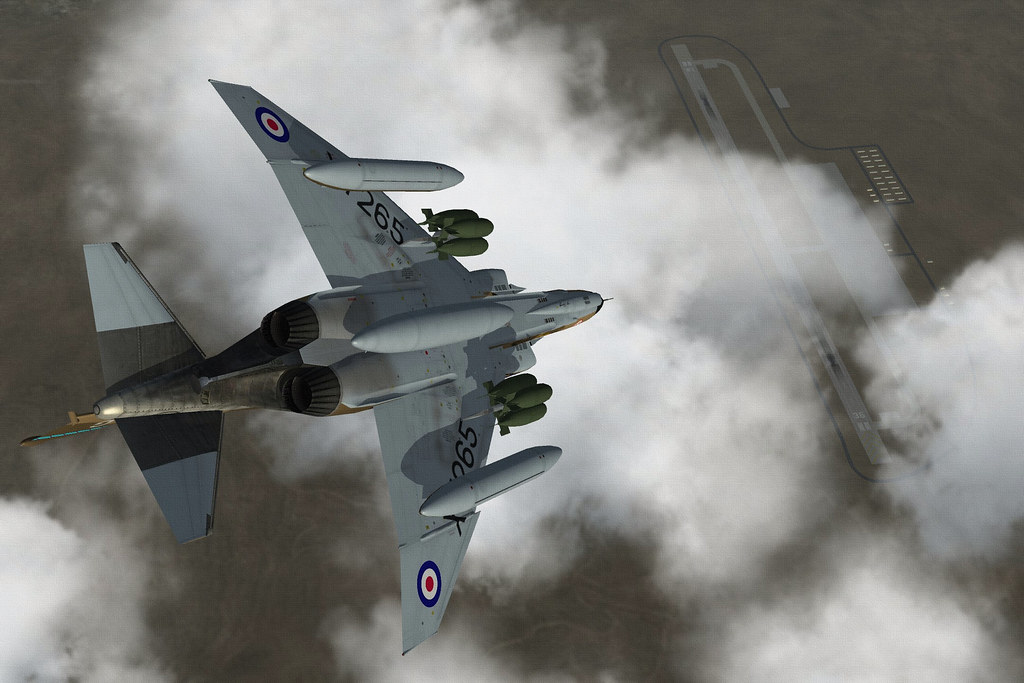

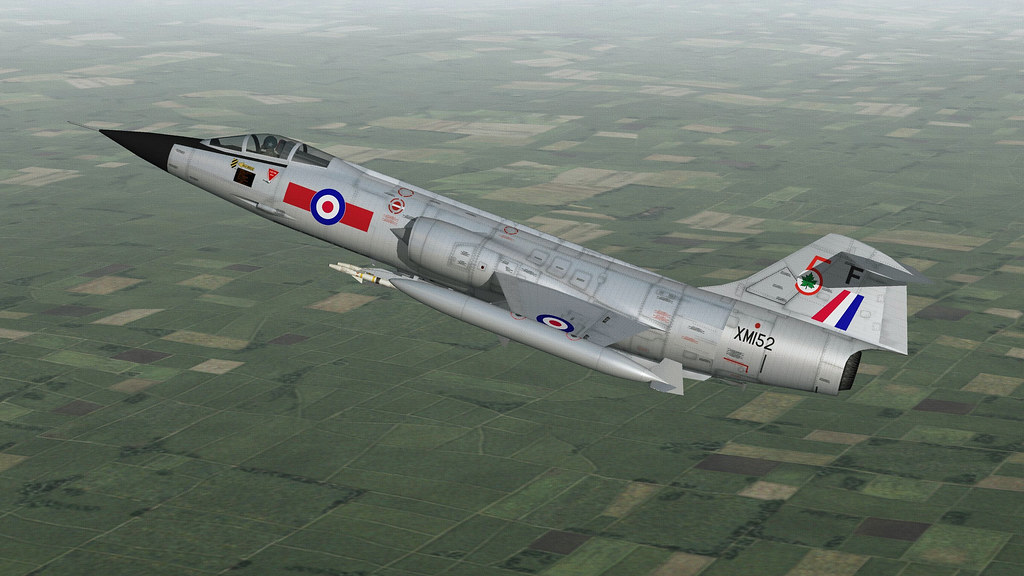
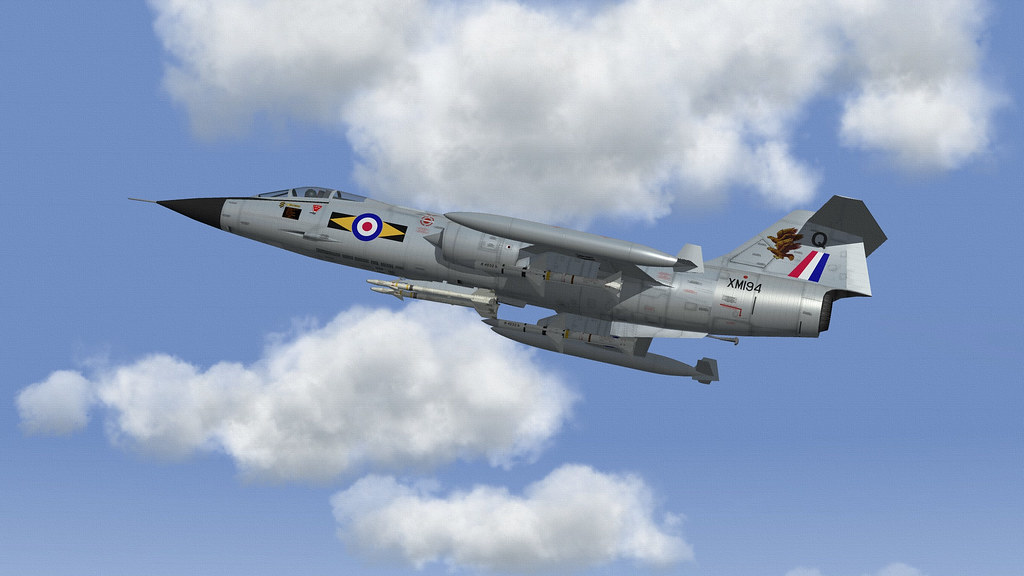
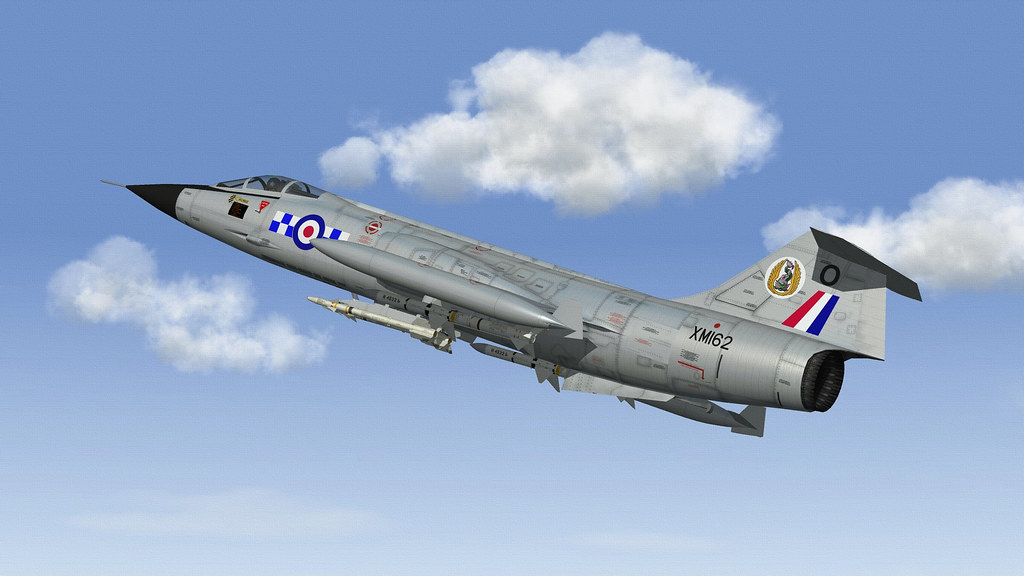
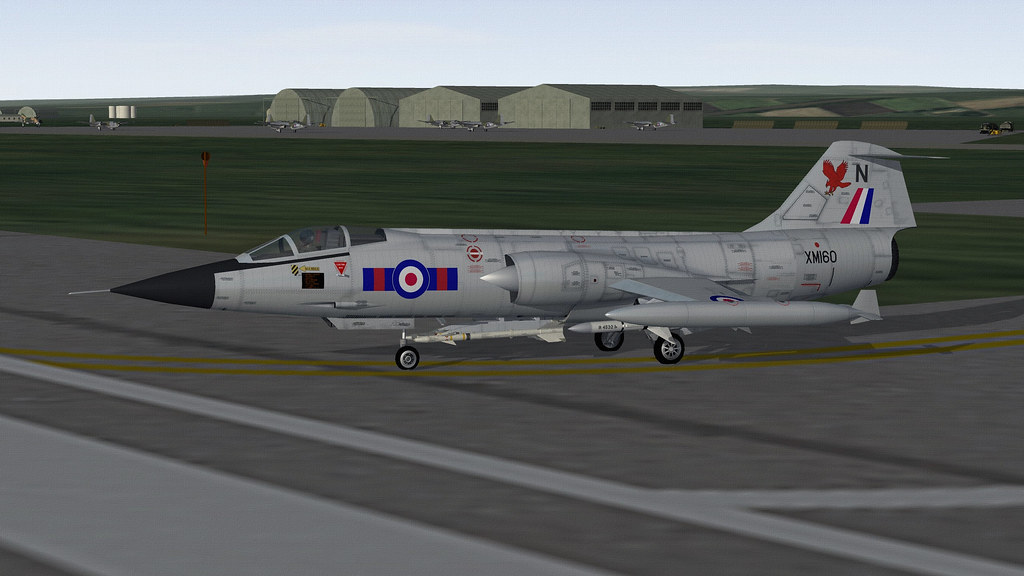
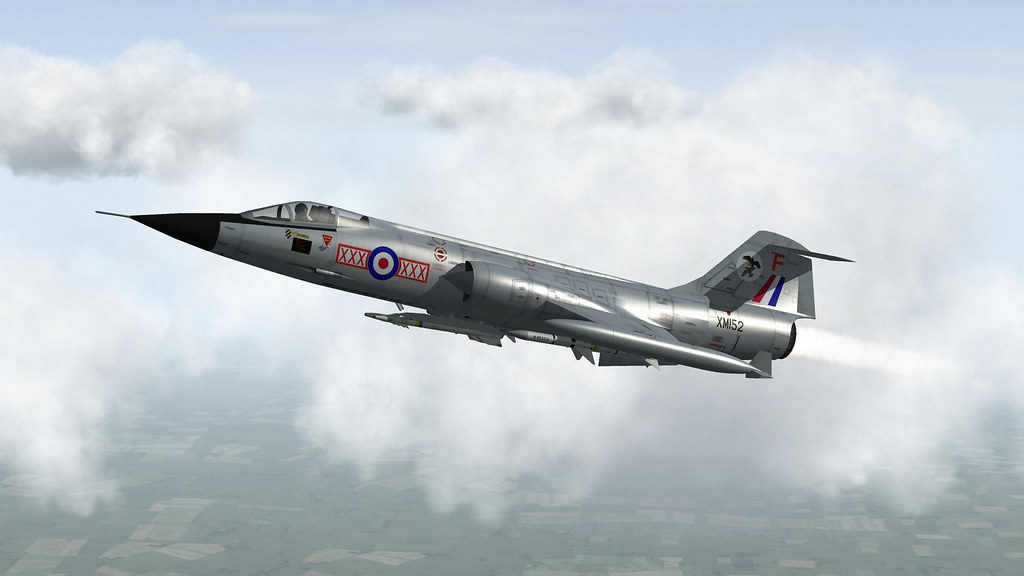
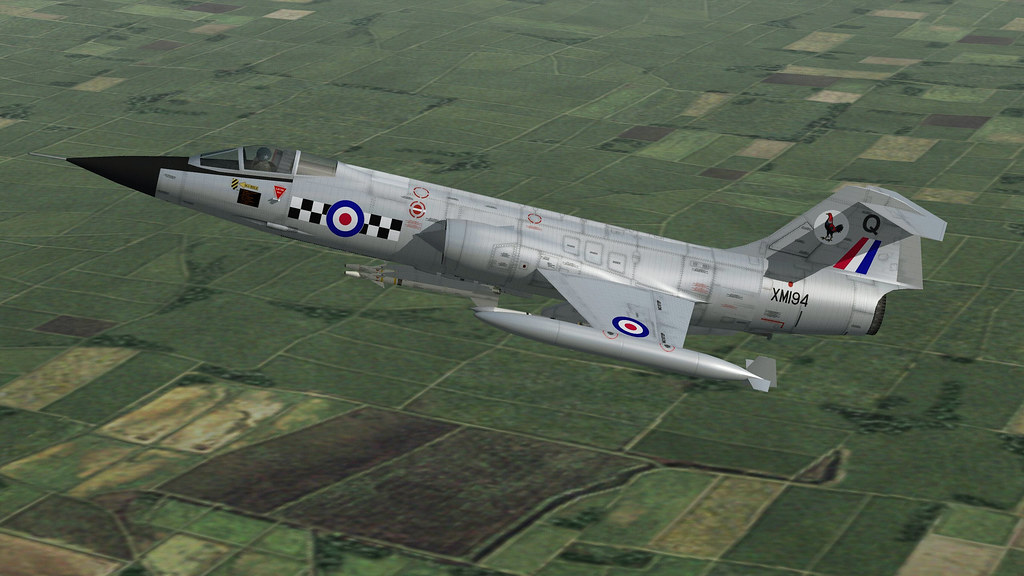

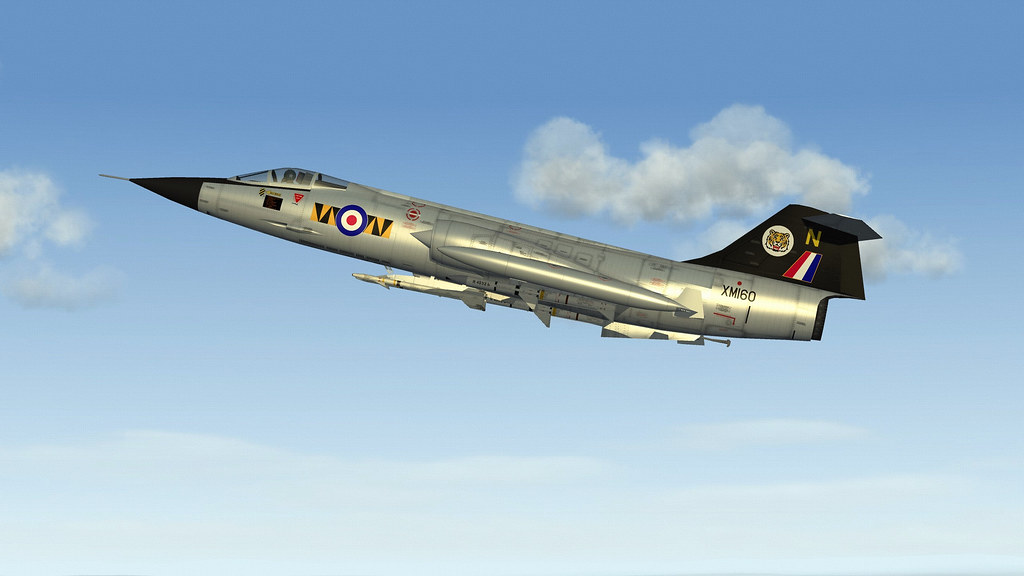
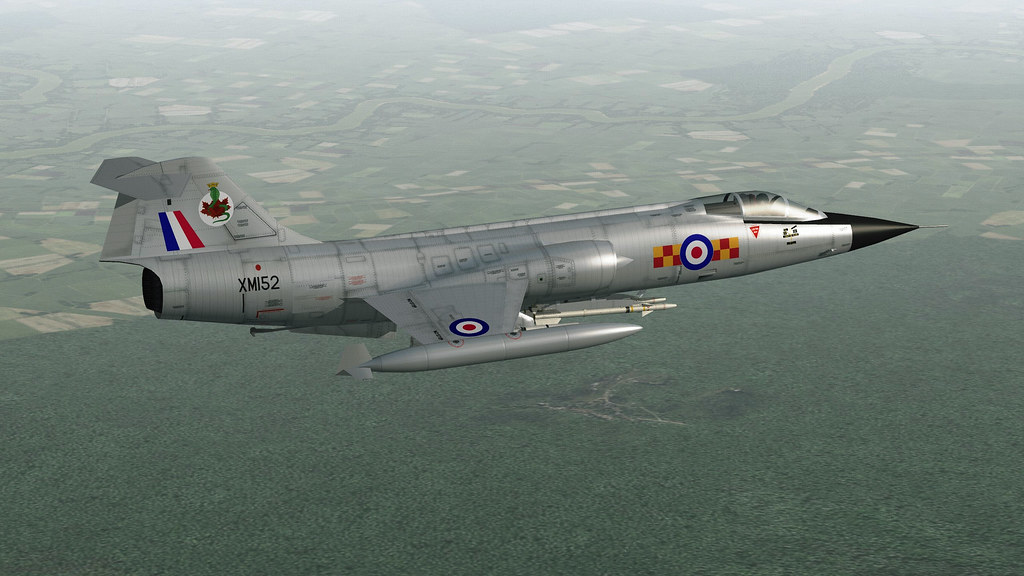
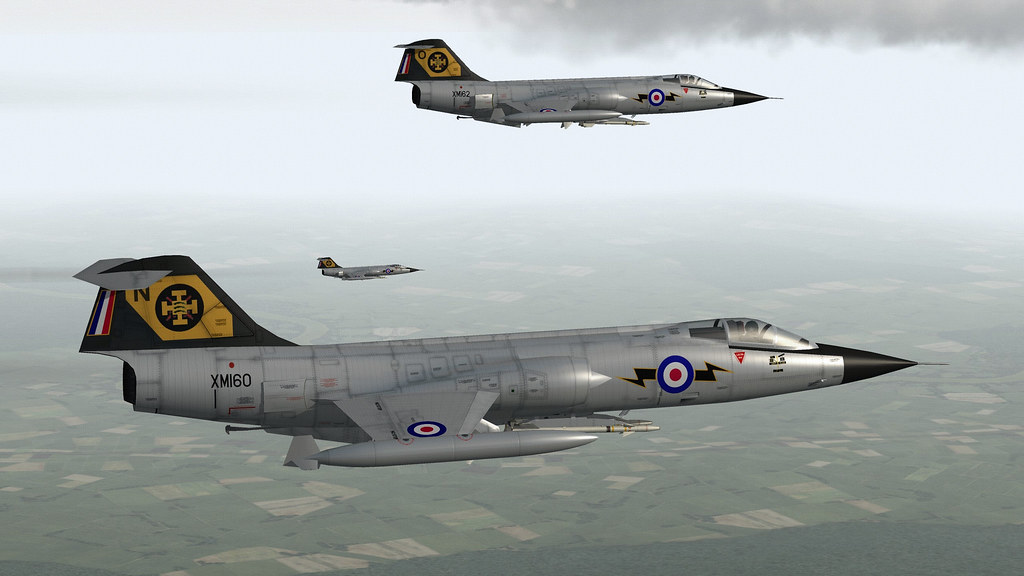




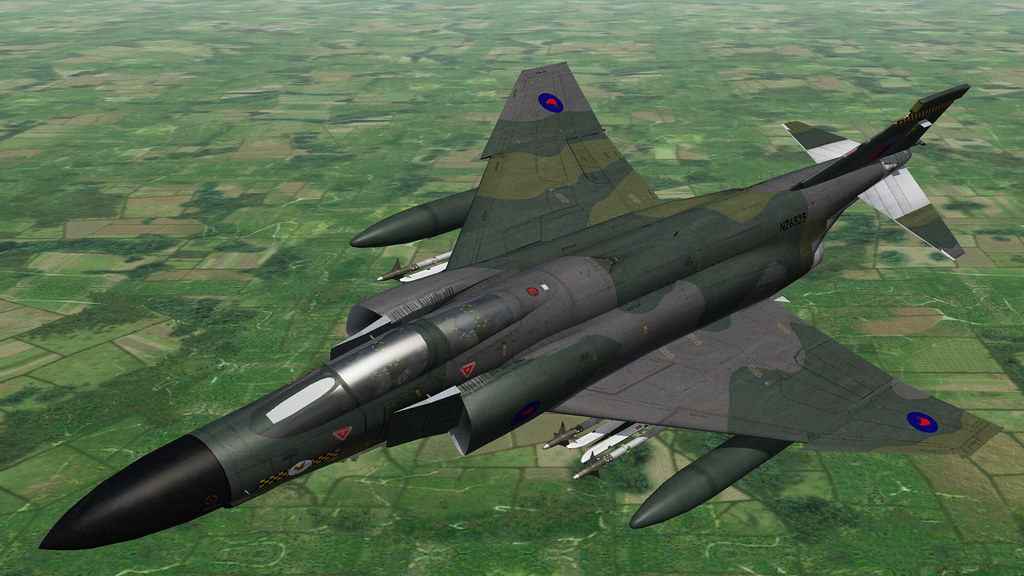
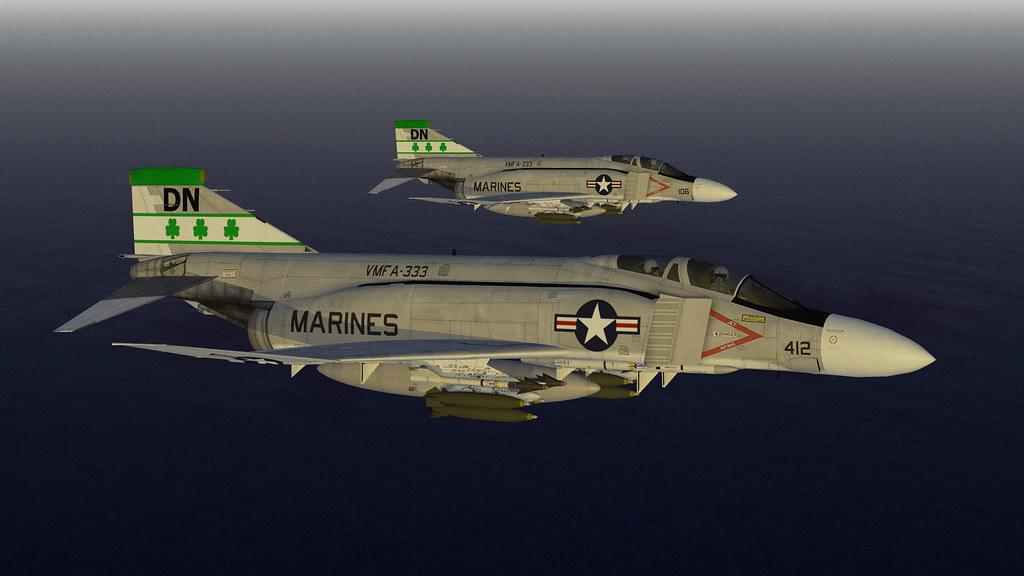


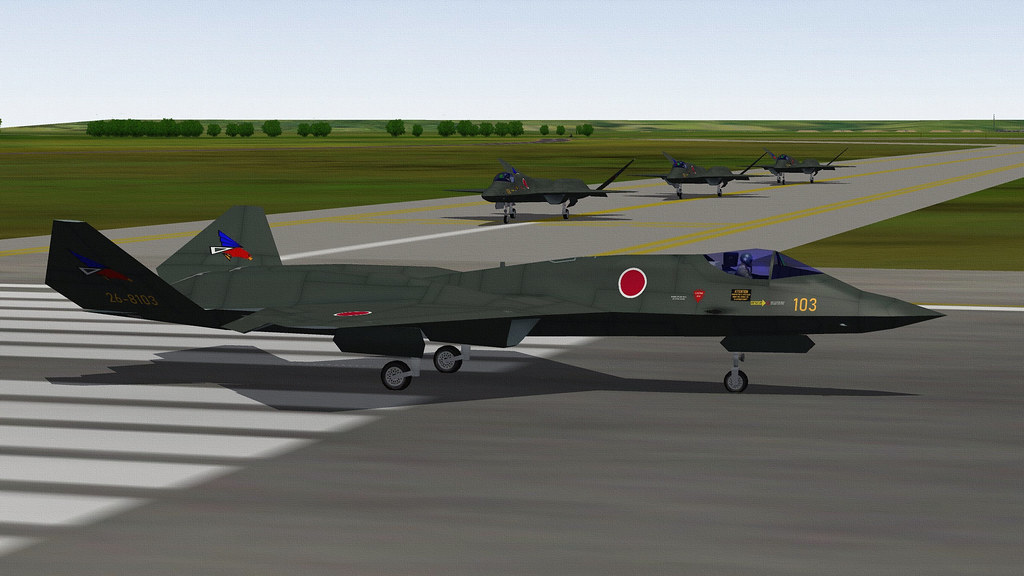
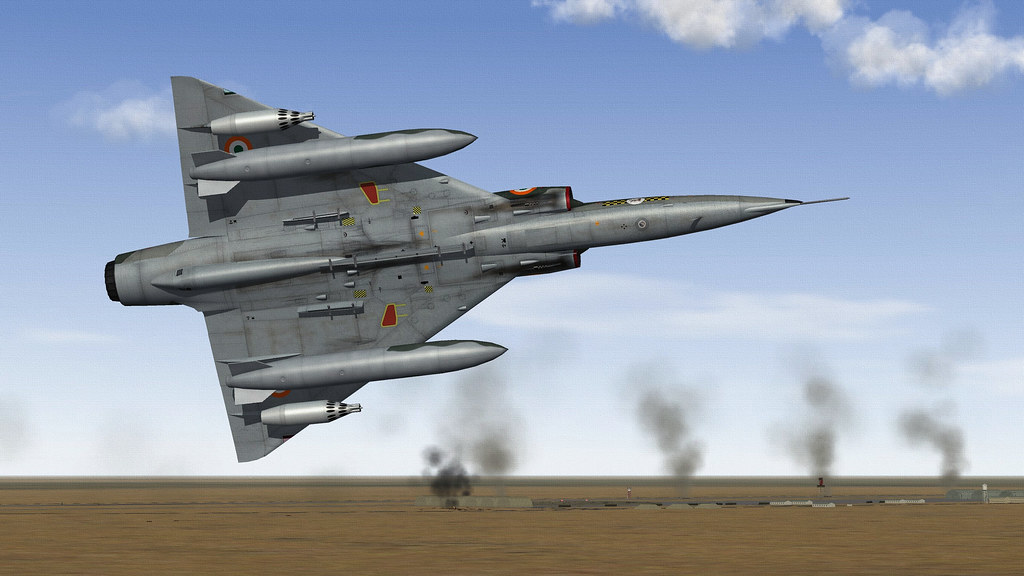
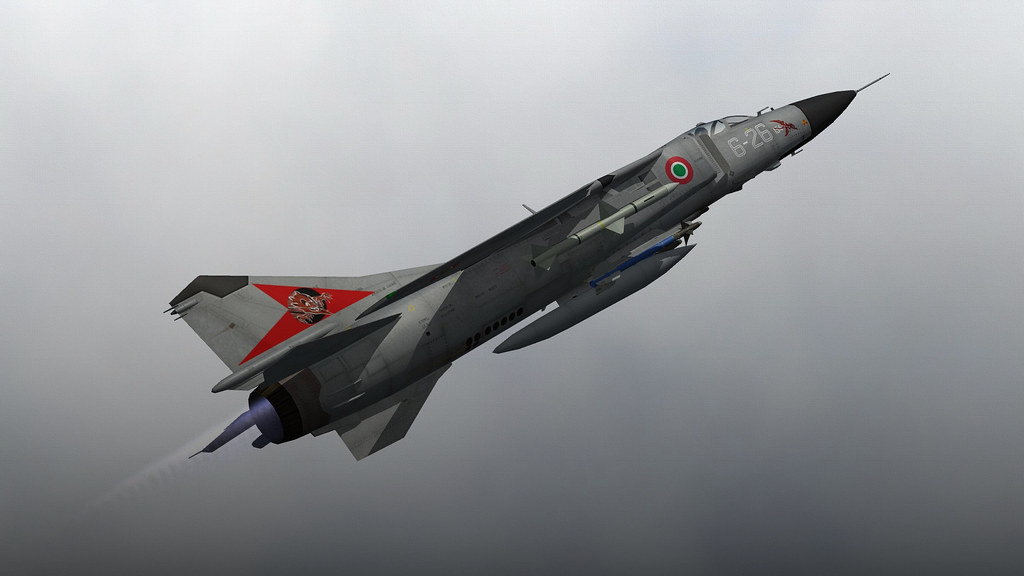
Strike Fighters 2 Screenshots Thread
in Thirdwire: Strike Fighters 2 Series - Screen Shots
Posted
Just a stock F-4D